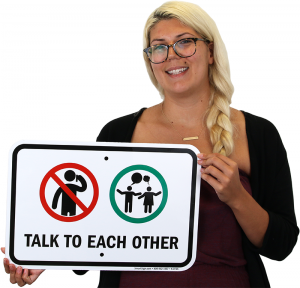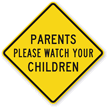Recent spike in child injuries linked to texting while parenting
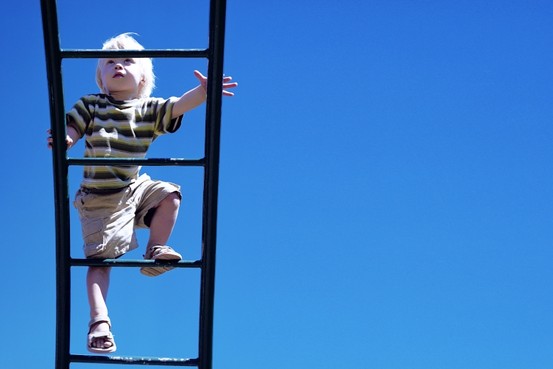
Incidences of child injuries have suddenly spiked, likely due to parents and babysitters distracted by texting (via WSJ).
From 2007 to 2010, child injuries on playground equipment rose 16.5%, and an even higher 35.9% spike was documented in swimming pool accidents. Bumps in these figures have prompted researchers in childhood injury prevention to find answers—a theory gaining traction explains that inadequate supervision and the injuries that result are due to texting and other smartphone use.
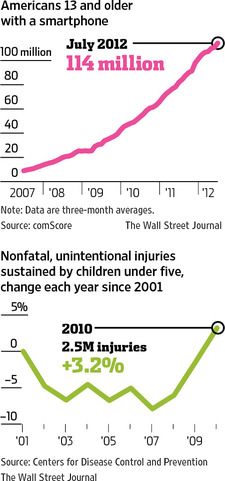
Charts show corresponding spikes in smartphone users and injuries to children under five-years-old (via WSJ).
Having a connection to the virtual realm through one’s fingertips has never been so routine and seamless. As of this July, there are 114 million smartphone-wielding Americans. Recent publications, such as a weekend feature in the Wall Street Journal, detail the dangers of texting while in supervising situations. “The Perils of Texting While Parenting” cites cases where an accident could have been prevented if a parent or babysitter was not occupied by their smartphone.
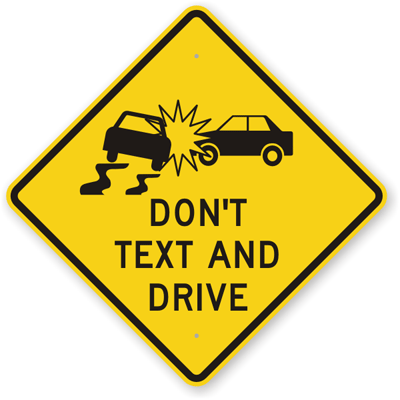
Signs help reduce incidences of texting and driving (via MyParkingSign.com).
In one instance, a boy on a playground suffered a head injury, and was attended to by another mother when it appeared he had no direct supervision. According to the woman’s account, his nanny had been texting nearby and came to the scene eight minutes after the accident, when the boy’s head was already significantly swollen. Not all instances avoid tragedy, however. In 2009, a two year-old boy drowned in a swimming pool while his mother was distracted by her smartphone, posting on Twitter.
Clifford Nass, a sociologist from Stanford University, states that using smartphones while supervising youth can “essentially remove you from the situation,” impeding your ability to actively notice warning signs that lead to potential incidents. Despite the evidence, no studies directly link the coinciding increases in smartphone users and number of documented injuries to children over the past five years.
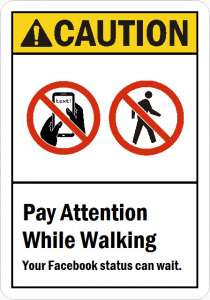
Texting while walking is linked to a recent 25% increase in child pedestrian injuries (via SmartSign.com).
The WSJ article has caused some pause among parents—for many, texting while monitoring children just never occurred to them as a hazard. It doesn’t have the same taboo or media coverage as other activities, like texting while driving or walking on a busy sidewalk, which have led to documented increases in injuries and collisions. With these recent revelations, it seems evident that other research will surface: what other activities, mixed with texting, are affecting our collective health? With smartphone use ever rising, more activities are bound to follow suit.
-M. Miles

